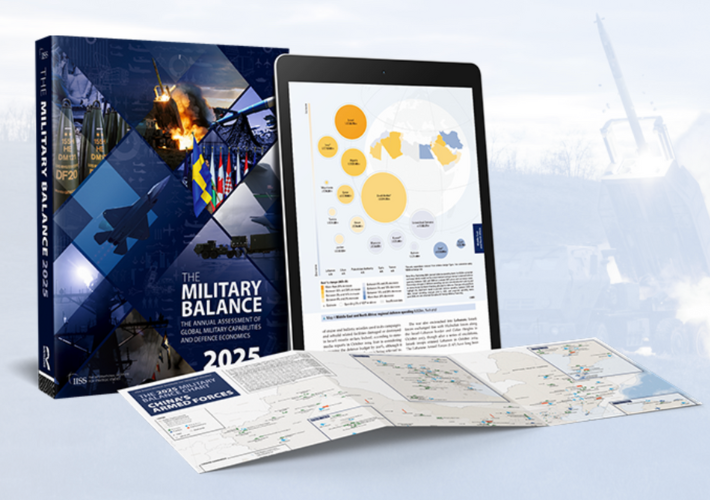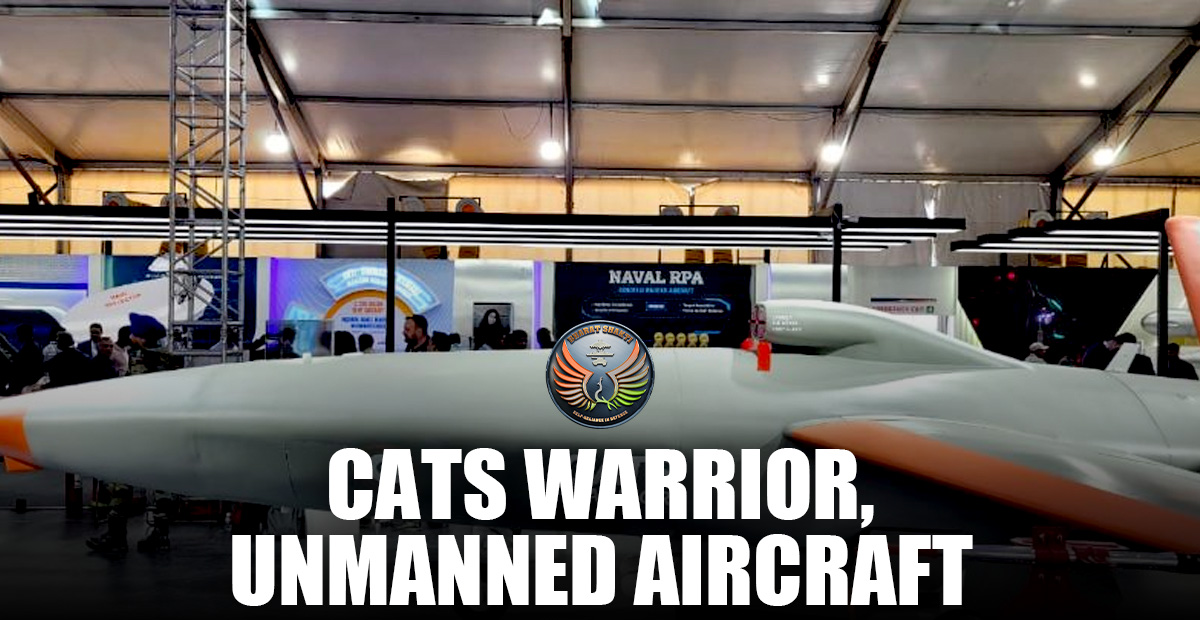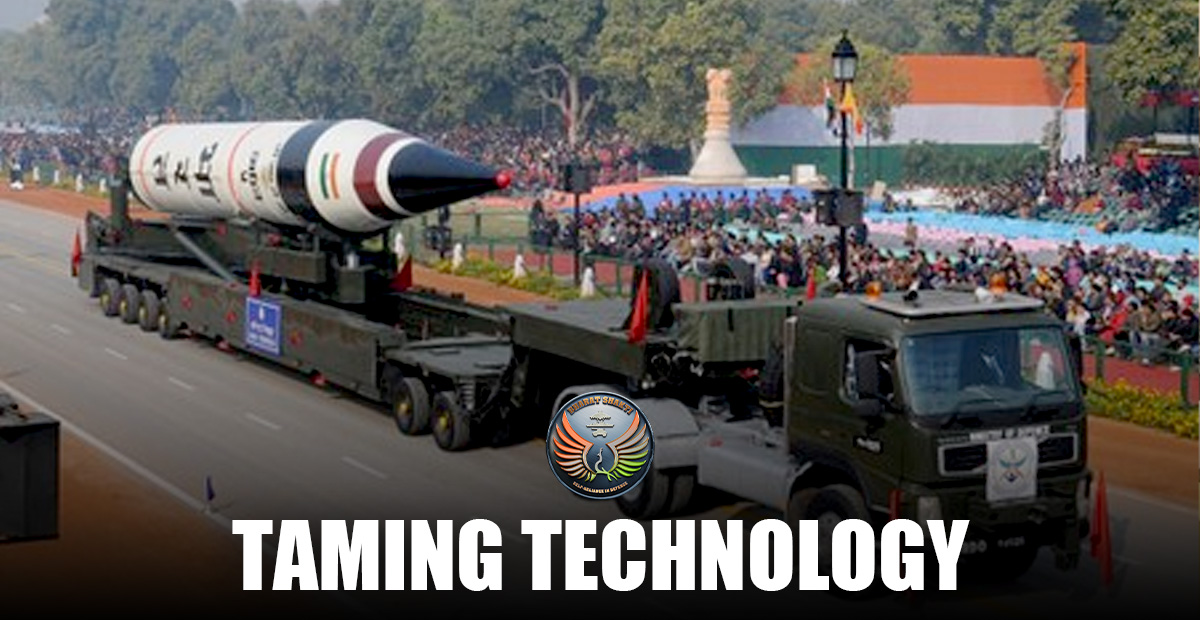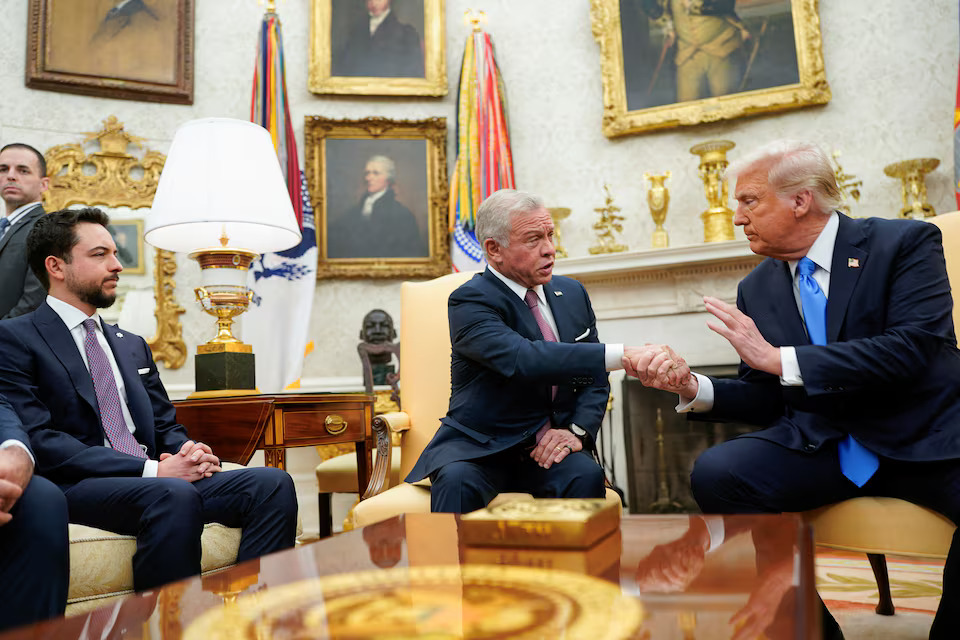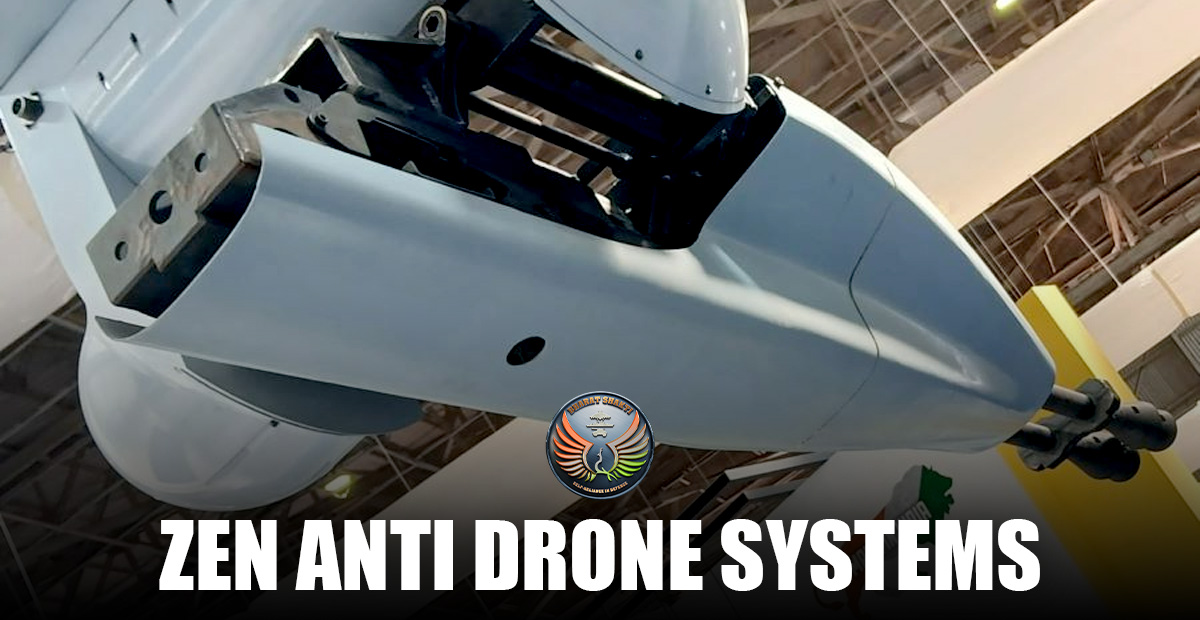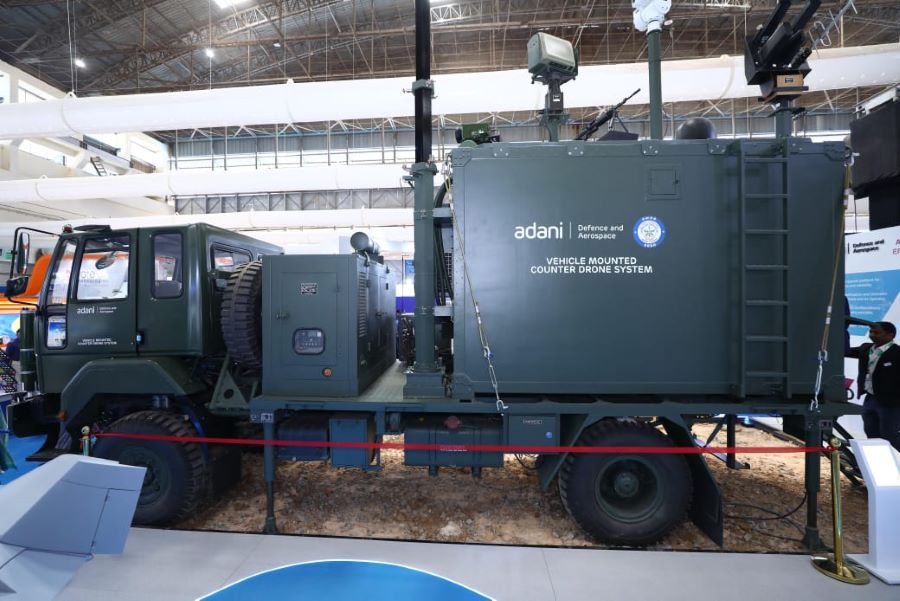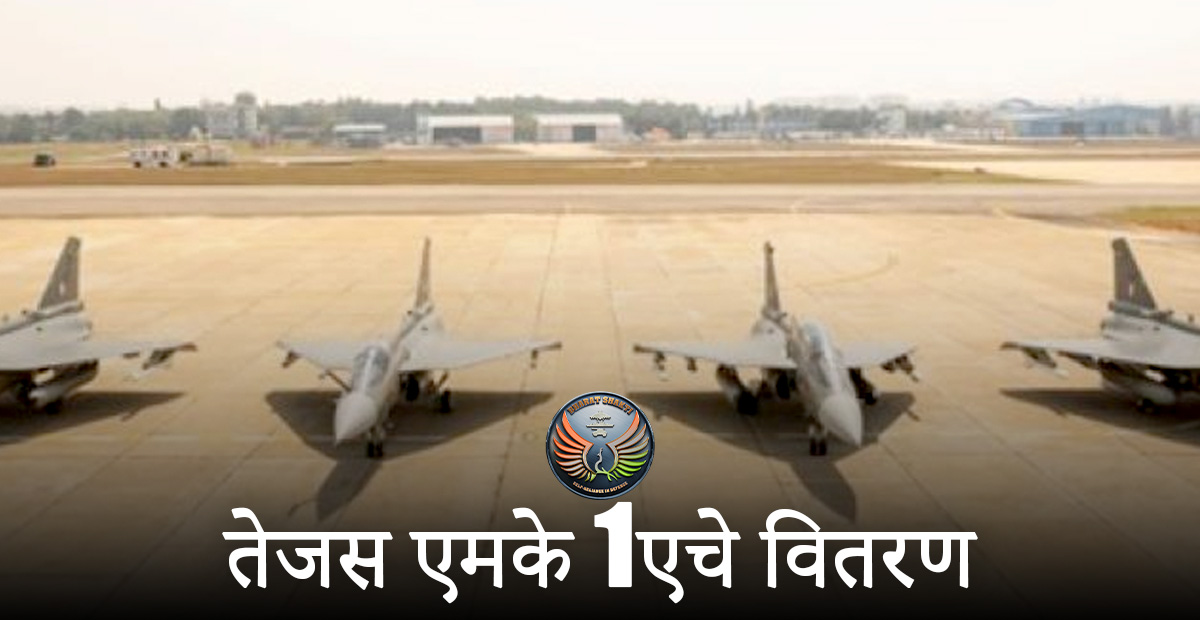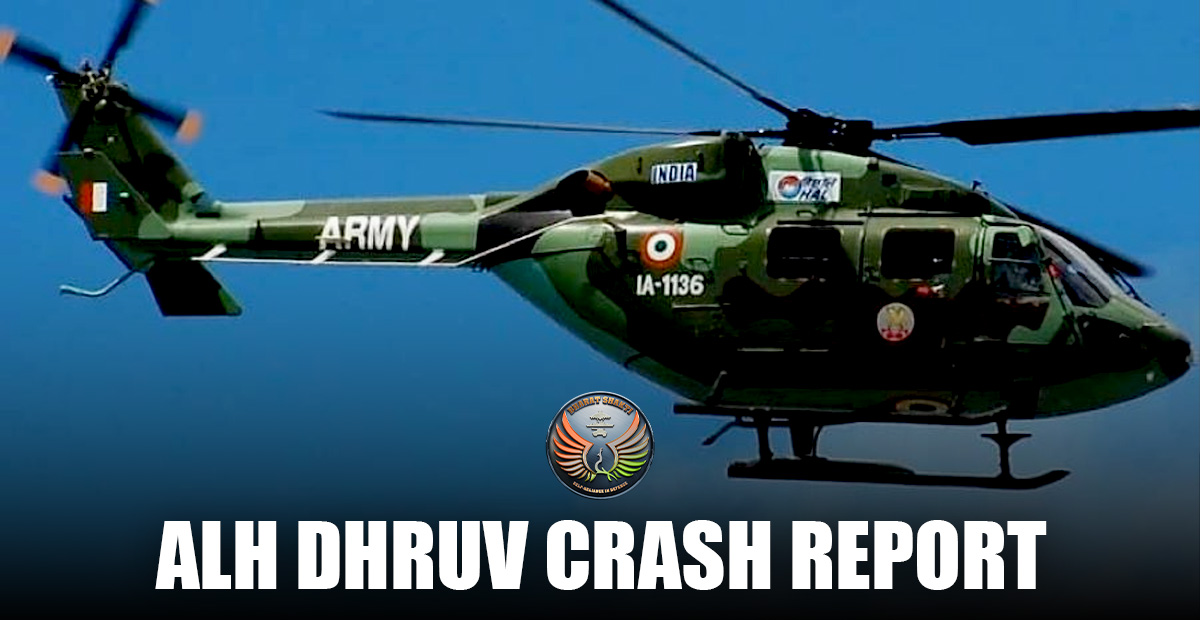The world is in a fair degree of turmoil. The wars in Ukraine and Gaza have gone on for long enough to trash the in-vogue concept of short, swift and intense wars. Instead, conflicts reflect a trend of being unending, with the fallouts of combat being felt by the citizenry as a whole. Ukraine and Gaza are also reflections of third parties entering the conflict zone in more decisive ways. While Ukraine has primarily got material and political support, the Russians have North Koreans fighting alongside. In Gaza, Hamas is supported by Hezbollah, Iran and Houthis and other entities. Israel has the support of the US and most of Europe. It’s under these changed circumstances that International Institute for Strategic Studies (IISS) has published its annual assessment in The Military Balance 2025., now in its 66th year. A few important issues covered by the publication are summarised beneath.
Ukraine – Russia Conflict
International Institute for Strategic Studies (IISS) estimates that Russia lost over 1,400 main battle tanks in 2024. Both sides are suffering from high attrition rates, but while Russia can currently sustain the manning of its forces Ukraine, which has generally kept its casualty figures secret, has suffered a serious drain faces challenges in force management – with many ground units under-strength. The Russian loses may increase with Russia maintaining an offensive posture. A few other important issues dwelt upon in the Military Balance 2025 are enumerated beneath.
Russian Black Sea Fleet appears somewhat less effective, and Ukraine establishing a de facto maritime corridor utilising the territorial waters of nearby states.
Russian cooperation with Iran and North Korea remains intimate. “10,000 North Korean troops have been sent to bolster Russian forces, while Iranian production of drones and ballistic missiles for Russia has been increased,” according to IISS.
Ukraine has received more advanced Western equipment. Russia’s military expenditure has increased by 41.9% to take its budget to the equivalent of 6.7% of GDP, which is higher than total European defence spending in purchasing-power-parity terms.
Military Spending
Military expenditure has witnessed a noticeable climb of 7.4 % in 2024, totalling to US$2.46 trillion, globally. A complex international security environment has led to countries boosting spending and deploying new. The trend is also being boosted by the proclivity of new technologies being used in the battlefield, leading to early obsolescence of existing warfighting platforms.
According to the report, “In Europe, Germany’s 23.2% rise means that only the United States has a bigger national defence budget within NATO. In real terms, European defence spending is nominally 50% higher compared to 2014, with much of the increase targeting modernization and recapitalization, but the overall picture is more complicated.”
However, European countries may find it difficult to sustain increased spending There are remarkable difference among NATO countries with some of them spending above 3% of GDP, while others remain below the 2% baseline. The IISS research shows that US defence spending is at 3.39% of its GDP. Taking an overall estimate of NATO’s spending stands at US$1.44 trillion, with Europe’s US$442 billion representing less than one-third of the total. According to IISS estimates, a ‘commitment of 3% across European members of the Alliance would see that figure grow by over US$250bn and almost US$750bn if 5% were achieved’.
Modernisation Of China’s People’s Liberation Army (PLA)
The IISS publication brings out three focus areas of the Chinese as part of military modernisation. These are anti-corruption, reorganisation and reform.
Military spending has risen by ‘7%, and with the budget of around US$235bn, the Chinese are spending 44% of the total spend in Asia’. New capabilities are being developed in multiple areas. New aircraft designs like the J-35 are on display while the rollout of J-20 multirole aircraft continues.
“China’s third aircraft-carrier, the Fujian, has commenced sea trials and a fourth is believed to be under construction. Two new long-range fire-support brigades have been formed,” according to the report.
The Military Balance 2025 edition includes updated data on the military organisations, equipment inventories and defence budgets of over 170 countries; region-by-region analysis of major developments affecting defence policy, procurement and defence economics; and assessments of important developments in the land, sea and air domains.
Brig SK Chatterji (Retd)
(With Inputs from IISS)


